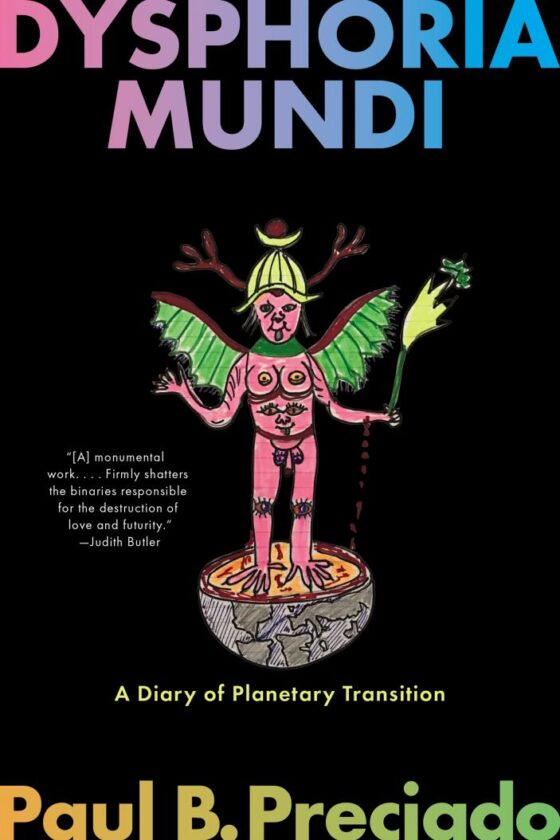 I read J.M.G Le Clézio’s “The Boy Who Had Never Seen the Sea” over the course of an average day—during meals, on the subway, during slow periods at work—and was afraid to let it end. When it did, I read it again.
I read J.M.G Le Clézio’s “The Boy Who Had Never Seen the Sea” over the course of an average day—during meals, on the subway, during slow periods at work—and was afraid to let it end. When it did, I read it again.
Deborah Treisman’s lovely translation appeared in The New Yorker in October, perfectly timed to Le Clézio’s Nobel Prize win of last fall. The book of stories from which it was borrowed, Mondo et autres histoires, is still not available in English and thus “The Boy Who Had Never Seen the Sea,” originally “Celui qui n’avait jamais vu la mer,” is sadly only available in English to be read online, by purchasing an entire digital subscription, or by tracking down a copy of the magazine’s October 27, 2008 issue. This seems criminal to me.
The fantastical story is about young Daniel, who is, as one classmate recounts, odd and misanthropic, neither studious nor obviously exceptional. He is mysterious, though, with a strange face, “pointed, like the blade of a knife” and “those beautiful, indifferent black eyes.” And as all the kids at school know, the strange boy is infatuated with the sea. So when Daniel runs away from boarding school without warning or a trace, it can only be—as his classmates widely speculate, but the adults never predict—to finally see the sea for the first time.
And he does. Or at least his former comrades believe he does. After all, where else would he have gone? Daniel now spends his days “everywhere at once,” running and leaping in crazy whirlpools of light, and wildly dancing from one rock to another. Le Clézio describes Daniel’s excitement with words such as “gnawing,” “drunkenness,” and “vibrating electricity,” by means of which he constructs for the reader an unfamiliar, near-violent energy.
He sat down on the wet sand and looked at the sea rising above him almost to the center of the sky. He had thought of this moment so many times, had so often imagined the day when he would finally see it, not in a photograph or in a movie but in reality, the sea itself, enormous, exposed, swollen, with its great line of waves throwing themselves forward and breaking, its curving like a wall across the sky! He had longed for this moment with such intensity that he was suddenly weak, as if he were about to die, or at least fall asleep.
It is a tirelessly and indisputably pleasing aesthetic–the sea–about which most of us have daydreamed and fantasized and philosophized so much that its expansive metaphor is drowned. Normally, I’m not totally into such romanticized expostulating: winding run-on sentences about the Beauty of Nature don’t usually capture me. As my preoccupation for literature’s most distinguished cetacean suggests, I need a hard dose of monomania in my seafaring literature. And Le Clézio’s Daniel exhibits it, as subtly as Melville’s captain did. (Although Melville perhaps did not consent to define Ahab’s monomania by such subtleties, and while “in matters like this, subtlety appeals to subtlety,” that is an entirely different appreciation piece.) Daniel feels “anger growing deep inside his body,” even if he can’t explain it, and even when he’s thirsty, it’s “as if no water could ever satisfy him;” he flows in and out with the tide, without thought or premeditation; he is curious, impulsive, and madly and dangerously free. Le Clézio’s “The Boy Who Had Never Seen the Sea” returns the romanticism, as well as that divine lure of turbulent infatuation, to the tired symbol of the open water.




